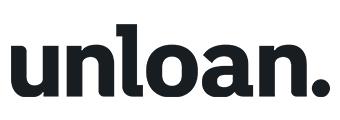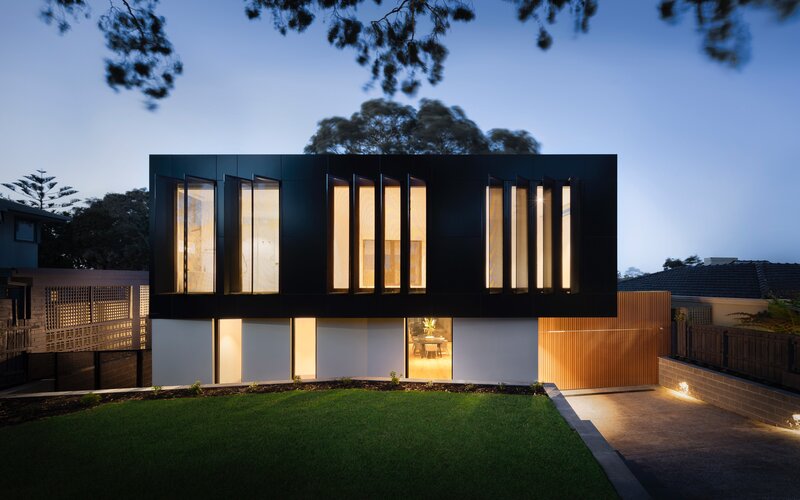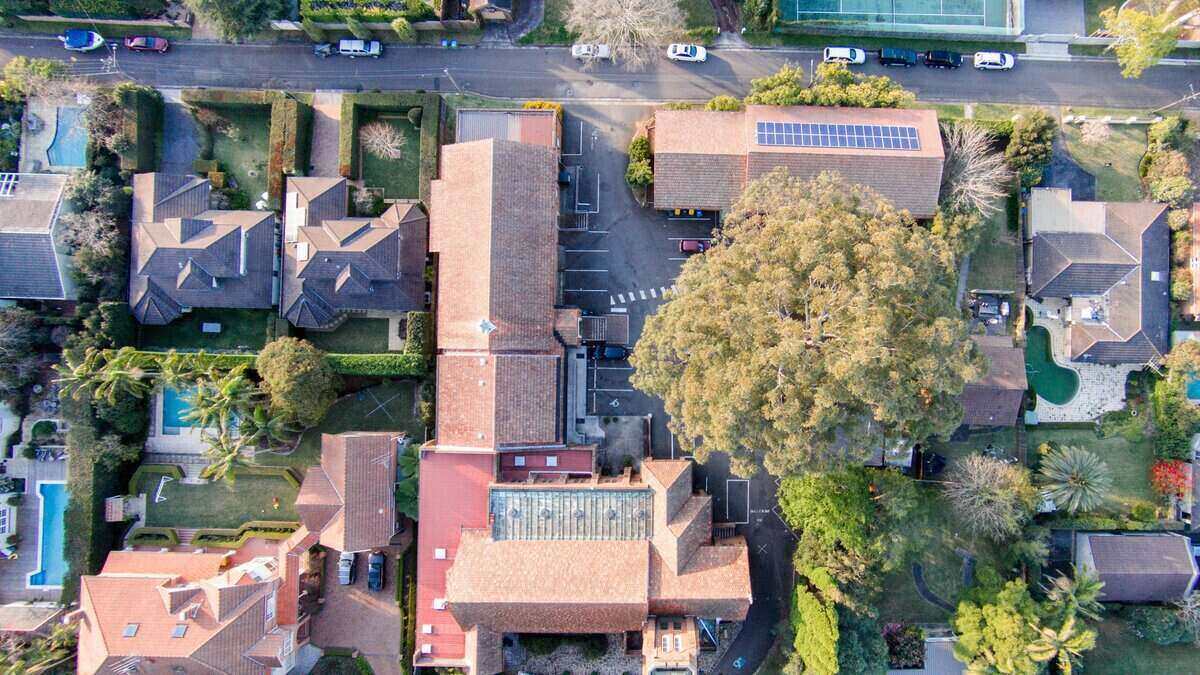High levels of household debt and "above-average" credit growth have seen Australia's financial regulator leave its borrowing settings in place.
The Australian Prudential Regulation Authority (APRA) will keep the mortgage serviceability buffer at 3%.
This essentially requires lenders to assess loan applications as though the interest rate is 3% higher than it is, with the buffer intended to act as a safety net for both borrowers and the wider financial system in the event of interest rate increases.
See also: What is home loan serviceability and how is it calculated?
The 3% buffer has been in place since October 2021 when it was lifted from 2.5% amid the economic uncertainty of the pandemic.
The buffer was introduced in December 2014 at 2%.
What's behind the APRA decision?
On Wednesday, APRA said in deciding to keep its settings on hold, it took account of high debt levels which are expected to rise further as interest rates decline.
See also: Credit default risk back on the rise
During such times, people can be more inclined to access cheaper credit which could see some taking on more debt than they can comfortably service.
It lines up with new data showing a marked monthly uptick in borrowers at risk of mortgage stress primarily driven by larger loan amounts in the wake of 2025's two interest rate cuts.
Roy Morgan research found 28.4% mortgage holders were in the 'at risk' category in the three months to June 2025, up 1.5% in just a month.
APRA said although lower inflation and interest rates have eased financial pressure on borrowers, labour market conditions remain tight and non-performing loans remain low.
APRA chair John Lonsdale also noted the current buffer has not been restrictive to the household sector.
"Over recent months, we have seen credit continuing to flow to different borrower segments, including to first home buyers," he said.
"Declines in inflation and interest rates have eased financial pressures on borrowers and increased borrowing capacity for new borrowers, and lending standards remain sound."
Buffer contention
The serviceability buffer has been the source of some contention with some arguing it is set too high, effectively locking many people out of the lending market.
Last year, some critics, including CEOs of some of Australia's largest banks, publicly pushed for the buffer to be lowered.
In November 2024, a Senate committee called on APRA to make an exception to the serviceability rules for first home buyers to give them a better chance to enter the housing market.
In the lead-up to the May federal election, the Liberal National Party promised it would change APRA's remit in a bid to force the serviceability buffer lower.
Then Opposition housing minister Michael Sukkar described the current buffer as "overly cautious" and said as interest rates had risen, it had locked more and more people out of home ownership.
APRA's take on future direction
In announcing the 3% buffer will remain, APRA made its case for keeping it in place as interest rates head lower.
"Should interest rates fall significantly further while labour markets remain robust, that has historically led to higher credit growth and leverage, higher house prices, and often more risky lending, such as high debt-to-income and investor lending," Mr Lonsdale said.
He singled out high household debt as a key vulnerability in Australia's financial system, which he said has more exposure to residential mortgages than any comparable country.
APRA's other key policy setting is its capital buffer requirement for banks and other lenders which remains at 1% of risk-weighted assets.
This means banks must hold extra capital to cover that portion of riskier lending in a bid to bolster their own financial health in the event of an unforeseen economic event.
Buffer not set in stone for all
While the serviceability buffer is set at 3%, lenders have some leeway in approving loans that fall outside the standard under certain circumstances.
In 2023, major banks reduced the buffer for some eligible refinancers prompting APRA to remind them the buffer should only be ignored under "exceptional" and "limited" circumstances.
Since that time, APRA data shows exceptions and waivers to the serviceability buffer have risen to record levels.
While APRA is the regulator of banks, credit unions, and building societies, non-bank lenders fall under the watch of the Australian Securities and Investments Commission (ASIC).
Many non-bank lenders also apply a serviceability buffer but can exercise some flexibility so long as they still comply with ASIC's responsible lending laws.
Advertisement
Buying a home or looking to refinance? The table below features home loans with some of the lowest interest rates on the market for owner occupiers.
| Lender | Home Loan | Interest Rate | Comparison Rate* | Monthly Repayment | Repayment type | Rate Type | Offset | Redraw | Ongoing Fees | Upfront Fees | Max LVR | Lump Sum Repayment | Extra Repayments | Split Loan Option | Tags | Features | Link | Compare | Promoted Product | Disclosure |
|---|---|---|---|---|---|---|---|---|---|---|---|---|---|---|---|---|---|---|---|---|
5.54% p.a. | 5.58% p.a. | $2,852 | Principal & Interest | Variable | $0 | $530 | 90% |
| Promoted | Disclosure | ||||||||||
5.49% p.a. | 5.40% p.a. | $2,836 | Principal & Interest | Variable | $0 | $0 | 80% |
| Promoted | Disclosure | ||||||||||
5.64% p.a. | 5.89% p.a. | $2,883 | Principal & Interest | Variable | $250 | $250 | 60% |
| Promoted | Disclosure | ||||||||||
5.64% p.a. | 5.89% p.a. | $2,883 | Principal & Interest | Variable | $248 | $350 | 60% |
|
Image by Antoni Shkraba Studio via Pexels

Ready, Set, Buy!
Learn everything you need to know about buying property – from choosing the right property and home loan, to the purchasing process, tips to save money and more!
With bonus Q&A sheet and Crossword!







 Bernadette Lunas
Bernadette Lunas
 Denise Raward
Denise Raward
 Harry O'Sullivan
Harry O'Sullivan
 Emma Duffy
Emma Duffy


